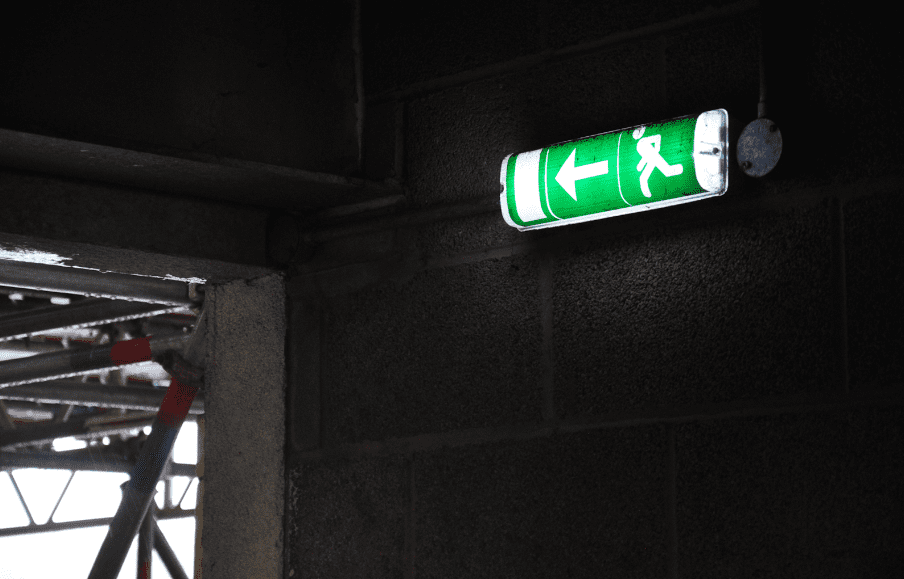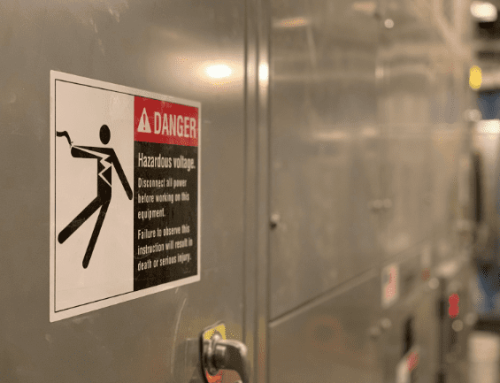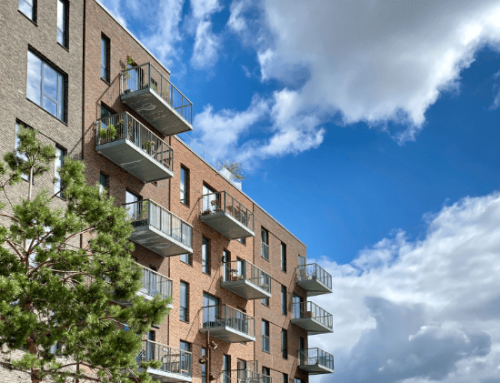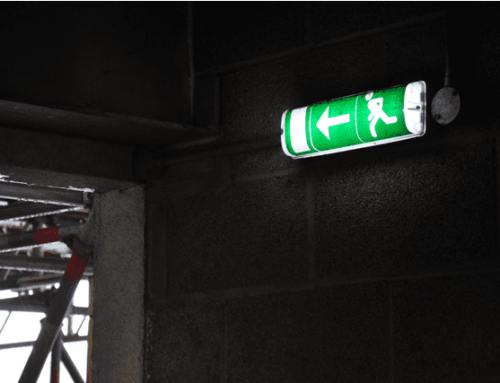The safety of your tenants and your property depend on you, the landlord or block property manager, abiding by fire safety regulations.
You must provide proof that you have taken all reasonable steps to safeguard your tenants’ belongings and your own property against fire and smoke damage. This will involve things like installing the proper fire alarms and guaranteeing that the furniture you supply is fire safe.
A look at the UK’s latest available statistics published by the Home Office on fire accidents shows there were 33,180 house fires in the UK in 2020/21, with 311 fire-related deaths.
No matter how much money it might cost, the last thing you want is to be accountable for the harm or death of a tenant. As the responsible party (landlord or property manager), you could also be subject to a severe legal fine.
Here is your fire safety building inspection checklist for 2023.
What is the Fire Safety Act?
The Fire Safety Act 2021 (the Act) was signed into law on April 29, 2021, and it went into effect on May 16, 2022. The Regulatory Reform (Fire Safety) Order of 2005 (the Fire Safety Order) is modified by the Act.
According to the Fire Safety Act of 2021, the liable party or duty bearer for multiple-occupancy residential buildings is required to “manage and reduce the risk of fire” posed by the building’s structure, particularly the external wall systems, including windows and balconies, and individual occupants’ entrance doors.
Following the catastrophe at Grenfell Tower in 2017, the government has introduced a new Act to increase fire safety in multi-occupancy home buildings.
This means that high-rise (defined as over 18m), multi-occupancy residential building owners and managers will be in charge of new responsibilities, such as:
- Frequent lift inspections, with findings reported to the local FRS.
- Ensuring continuous review and updating of evacuation plans and escape routes.
- Residents in vulnerable situations have personal evacuation plans in place.
- Ensuring that people receive fire safety instructions in an easily understandable format.
- Making sure each flat’s entrance fire doors comply with current regulations.
Fire Safety Checklist for Landlords
To make sure you are abiding by the most recent rules and regulations, you must also consistently stay informed and seek assistance and guidance from your local government.
The particular actions you must do are outlined here:
Which fire safety regulations are mandatory?
There are a few fire safety-related requirements that you are unable to legally avoid:
- With the exception of gas cookers, provide and install a smoke detector on each level and carbon monoxide detectors in any room with a fixed combustion device (such as a coal fire or wood stove).
- Ensure that there is always access to evacuation routes.
- Make sure all the furniture and decor you provide is fireproof.
- In the event that the property is a large house with many occupants (HMO), install fire alarms and fire extinguishers.
Checklist for fire safety in purpose-built flats
Fire safety also covers the communal areas in flats, here’s everything you need to know:
Risk assessment
The Regulatory Reform (Fire Safety) Order 2005 (FSO) requires a thorough fire safety risk assessment, so make sure you’ve completed it and put it into practice.
These assessments must be periodically evaluated and modified as needed, especially when significant changes have taken place on the premises. Inadequate assessments and their implementation may lead to prosecution or other legal action.
Emergency information for residents
Establish the building’s design requirements and emergency plans. For instance, are people supposed to stay put in their apartments or evacuate in the event of a fire?
Make sure all residents and staff members are aware of what to do in case of a fire, and don’t forget to inform any newcomers. You should confirm this with the fire department, who can help you with information regarding delayed evacuations.
Firefighting equipment
Make sure that any fire fighting equipment is in working order and that staff members, such as caretakers, have received sufficient training to use it. Additionally, the dry risers made available by the fire and rescue service must be kept reachable and in good condition. A programme of regular inspection and maintenance is essential.
Escape routes
Keep all stair enclosures and escape routes clear of any objects, combustibles, and other fire hazards that could serve as a possible ignition source, spread a fire, or restrict escape in an emergency. No goods, including furniture, bicycles, motorbikes, plant pots, recycling bins, or rubbish bins should be stored in such locations.
Electrical Safety
Check that electrical installations are safe and do not present a fire danger. If there isn’t a current electrical safety certificate, you are urged to arrange for a “Periodic Inspection Report” from a qualified electrical engineer in accordance with the most recent requirements.
Lifts
Lifts generally shouldn’t be used while there is a fire (or when the alarm goes off). This needs to be taken into account when evaluating the fire safety risk, and all lifts need to have the necessary clear and obvious warnings displayed.
Looking for help with fire safety?
No matter if it’s a single-let, flat, HMO or commercial property, safety in your rental is too crucial to be left to chance.
You must read the appropriate guidelines and ensure that you not only have the proper facilities and equipment in place, but that you also keep it maintained as needed. If you hire a block management agent, they’ll share some of the safety burden with you and should be able to tell you exactly what’s needed.
Scanlans provides fire risk assessments and inspections as a part of our property management services. Our team can help you ensure that your premises are secure and in accordance with all relevant legislation.
Get in touch today to find out more.
Fire Safety Building Inspection Checklist FAQs
What is a fire risk assessment checklist?
An examination of the property is part of the risk assessment process in order to spot any potential fire dangers, confirm that suitable fire prevention measures are in place, and make sure that everyone inside the structure is protected from fires.
Who would typically carry out a fire safety inspection?
If someone is in charge of the premises, they are the ones who must do the evaluation. This could be the facility manager or the building manager. Both a managing agent and a risk assessor can also be responsible.
Do residential properties need a fire risk assessment?
All residential properties that contain shared areas (such as halls, stairs, lifts, joint entrances, tank rooms, etc.) are required by law to conduct a fire risk assessment. The type size, and complexity of the building all affect how much of this there is.









